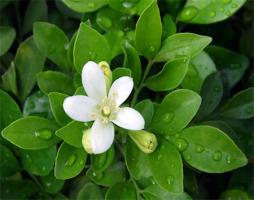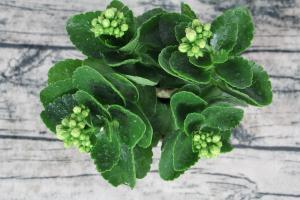Should Newly Planted Trees Be Staked?
When planting young trees, many gardeners and landscapers wonder whether or not they should be staked. While some believe it is necessary to ensure the tree's stability and growth, others argue that staking can be harmful if done incorrectly. In this article, we will examine both sides of the matter and answer the question of whether newly planted trees should be staked or not.
The Case for Staking
Some experts argue that newly planted trees should be staked to ensure their stability and growth. Without proper support, young trees may tip over in high winds or heavy rain, causing damage to the trunk or branches. Additionally, staking can help prevent the roots from moving too much in soft, wet soil, which can hinder their ability to establish a strong foundation.
Staking also ensures that the tree grows straight and true, which is especially important when planting trees in a row or as part of a landscape design. By keeping the trunk upright, staking can prevent the tree from leaning or growing at an angle, which can be unsightly and make it difficult to maintain the tree's shape as it continues to grow.
The Case Against Staking
Opponents of staking argue that it can actually do more harm than good if done improperly. If the tree is staked too tightly, it can constrict the trunk, preventing it from growing to its full potential. Additionally, staking can restrict the tree's movement, which is essential for the development of strong roots and trunk. Without the natural swaying motion caused by wind, the tree may not develop the necessary strength to withstand high winds or storms.
Furthermore, some experts believe that staking can make the tree more vulnerable to damage from pests and disease. The moist environment created by the stakes can attract insects and fungi, which can cause damage to the tree's roots and trunk. Staked trees may also be more prone to bark damage from rubbing against the stakes, which can allow pests and disease to enter the tree.
The Best Approach
Ultimately, the decision to stake a newly planted tree depends on a variety of factors, including the tree's species, size, and planting location. As a general rule, trees with smaller root balls or those planted in windy areas may benefit from staking, while larger trees with well-developed root systems may not need the extra support.
If you do choose to stake your tree, it is important to do so properly. Use soft, flexible materials such as tree ties or burlap to attach the tree to the stakes, and avoid wrapping the material tightly around the trunk. The stakes should be driven into the ground at least a foot deep, at a slight angle away from the tree. Remember to remove the stakes and ties after the first growing season to ensure the tree can continue to develop properly.
Ultimately, the best approach is to consult with a tree professional or landscaper to determine if staking is necessary for your specific tree and planting location. By taking the time to carefully consider your options and make an informed decision, you can help ensure the long-term health and beauty of your newly planted trees.

 how many times do yo...
how many times do yo... how many planted tre...
how many planted tre... how many pine trees ...
how many pine trees ... how many pecan trees...
how many pecan trees... how many plants comp...
how many plants comp... how many plants can ...
how many plants can ... how many plants and ...
how many plants and ... how many pepper plan...
how many pepper plan...






























